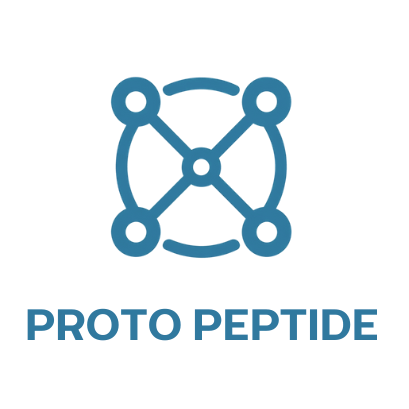How to Read and Interpret Peptide Research Studies
Understanding peptide research is key for professionals in scientific, medical, and laboratory fields. However, interpreting research studies—especially in the realm of peptide science—can be complex and technical. This guide will help break down how to read, analyze, and apply peptide study findings effectively and responsibly.
1. Start with the Abstract
The abstract provides a concise summary of the research, including the purpose, methods, key findings, and conclusions. When scanning peptide studies, begin here to assess the relevance of the research to your specific interest or field.
2. Evaluate the Introduction and Hypothesis
The introduction outlines the background context and identifies the gap the study aims to fill. Pay attention to the stated hypothesis—this tells you what the researchers are testing, such as a peptide's effect on metabolic markers or cellular repair mechanisms.
3. Analyze the Methods Section
This section details how the study was conducted. It’s crucial to evaluate:
- Study type: Is it in vitro, in vivo, or a clinical trial?
- Sample size: Was it statistically significant?
- Dose and administration: How was the peptide delivered, and at what concentration?
- Control group: Was there one? This impacts the validity of the findings.
4. Understand the Results
Focus on the data presented. Look at tables, graphs, and statistical values like p-values (a p-value < 0.05 usually indicates significance). Note whether the data supports the original hypothesis and whether effects were meaningful or marginal.
5. Review the Discussion and Conclusion
This section interprets the results. Researchers will typically relate their findings back to the original hypothesis and other existing studies. They should also acknowledge limitations of the study and propose areas for future research.
6. Scrutinize the Sources and Funding
Check the references for credible citations and peer-reviewed journals. Also, be cautious of any potential conflicts of interest or funding sources that could influence the study’s objectivity.
7. Apply Critical Thinking
Not all studies are created equal. Use scientific skepticism. Consider whether findings have been replicated, how the data aligns with other literature, and whether it’s being over-interpreted or marketed beyond the data.
Conclusion
Reading peptide research requires both scientific literacy and critical evaluation. By learning to interpret study design, results, and conclusions accurately, researchers and professionals can make more informed decisions when it comes to sourcing peptides and designing further research protocols.
Disclaimer
This content is intended for informational and educational purposes only and is not intended to promote or sell any product. It is not a substitute for professional medical advice, diagnosis, or treatment. Always consult with a qualified healthcare provider before starting any new supplement or research compound. The statements provided have not been evaluated by the FDA or Health Canada and are subject to change as scientific understanding evolves. Always follow your institution’s guidelines and consult safety data sheets (SDS) before handling any research chemical.
